The Discipline of Fine Arts is CAA's most established and distinctive faculty. As the discipline that admits only the best of the best, the Discipline enjoys the most overwhelming advantage and houses the largest pool of talents in the academy. Since its creation of the first postgraduate program for artistic research in China in the 1920s, the Discipline of Fine Arts has succeeded in continuing its academic superiority, gathering and nurturing a great many outstanding artistic talents such as Lin Fengmian, Pan Tianshou, and Huang Binhong, who have left a significant mark on 20th century China and the world.
Fine Art is a leading discipline that is opening up to the world and continues to champion China’s fine traditions and the cultural philosophies of the East. It's an academic field that brings together a worldwide viewpoint with centuries of experience and the most cutting-edge thinking of today. It creates contemporary art that embodies the spirit of Chinese art, empowers the theoretical research and creative practice in the new era and constructs the fine art that is distinctive to the East.
The Discipline comprises of four directions: Chinese Painting and Calligraphy, Painting, Sculpture and Public Art, and Intermedia Art.
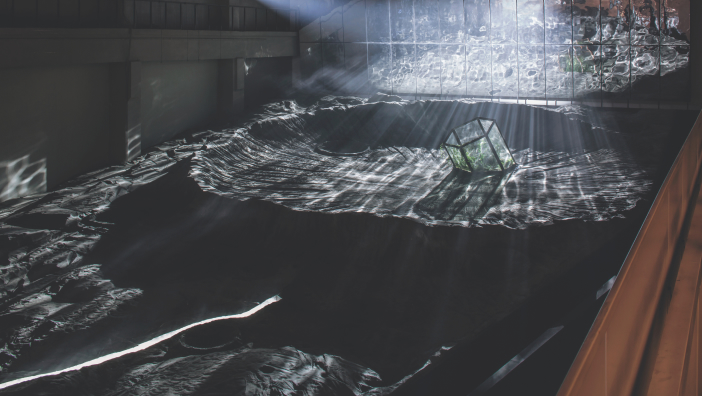
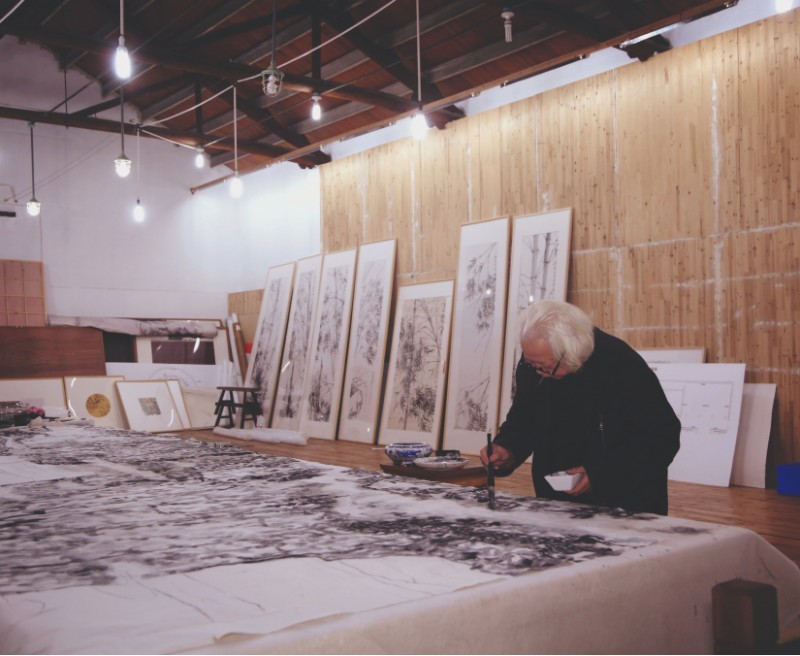
As the earliest program on design to be offered in China, the Discipline of Design was established in 1928. Since its establishment, it became a magnet for renowned Chinese professors and international experts such as Liu Jipiao, Hito Kazo (Japanese), Domrachev Makariy Fedorovich (Russian), Zhong Jingwen, Lei Guiyuan, Chen Zhifo, Pang Xunqin, and Deng Bai. The Discipline has been a true pioneer in setting a global vision that incorporates both the East and the West as well as in establishing the first college that offers design program in China.
The Discipline of Design is expanding its international influence and global impact, as well as establishing a design faculty that is forward-thinking and draws from both the arts and sciences. By emphasizing "Wisdom in life, innovation, and orientalism," the field of study is redefining the worldwide benchmark for Eastern designs and giving rise to a new field of study that is emblematic of the magnitude of Chinese design education.
The Discipline comprises of six directions: Visual Communication, Fashion Design, Industrial and Product Design, Intelligence, Innovation and Design, Crafts, and Design and Humanities.
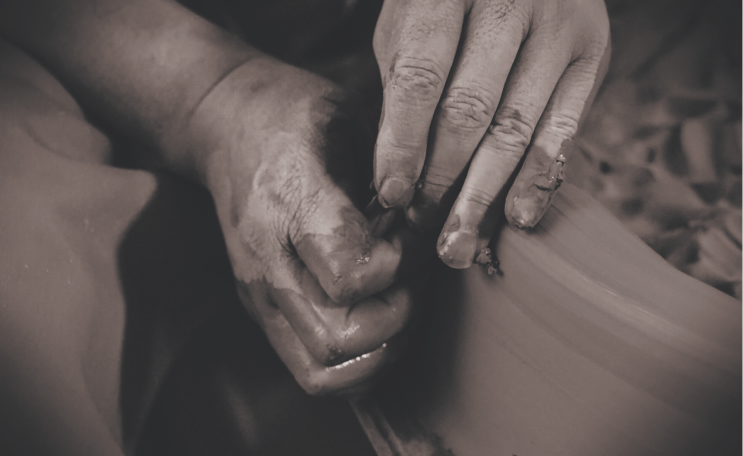
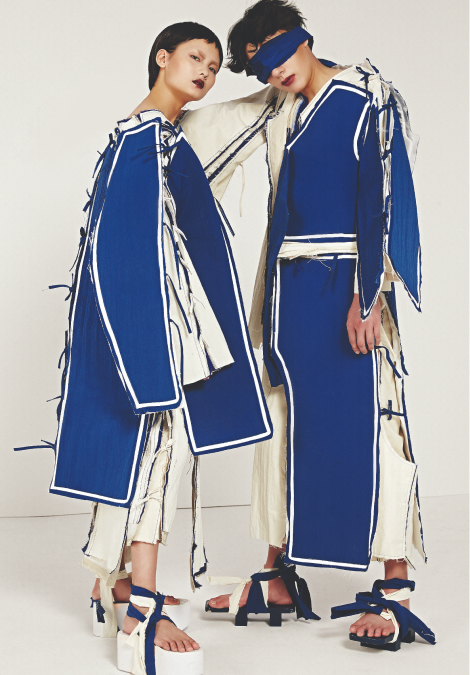
Theory of Art, as a traditional discipline hub for the research and education of contemporary Chinese art history, has gathered numerous famous masters and cultivated a wealth of talents, playing a leading role in the overarching planning and development of national art disciplines. As early as its National College of Art period, CAA had initially established the modern system of the art history discipline and established the principles of art history and art theory research featuring a global vision with art creation theory as the core, leading the research of art history, art creation theory, aesthetics and painting theory at all times.
With artistic intelligence and social aesthetic education as the core, the Theory of Art continuously promotes Chinese art research, building a contemporary system of Chinese art research and education. The discipline continues to play a pivotal role as a source of ideas that channel the energy of the arts and the academic research into innovative means of advancing society. It aims to provide a high academic footing for the study of modern Chinese art and the humanities and an intellectualism for contemporary art.
Under the Theory of Art, there are four sub-disciplines, namely Art History and Art Theory, A History of Art History and Methodology, Visual Culture and Art Criticism, and Art Education and Art Management.

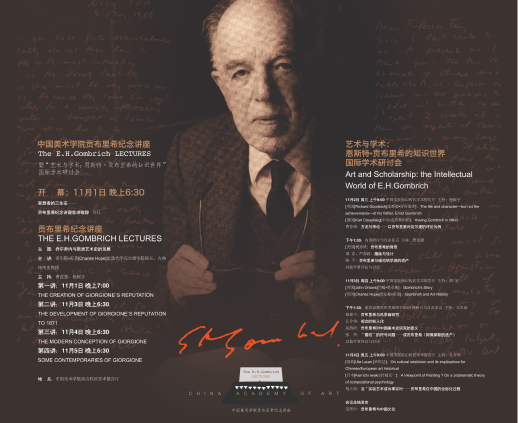
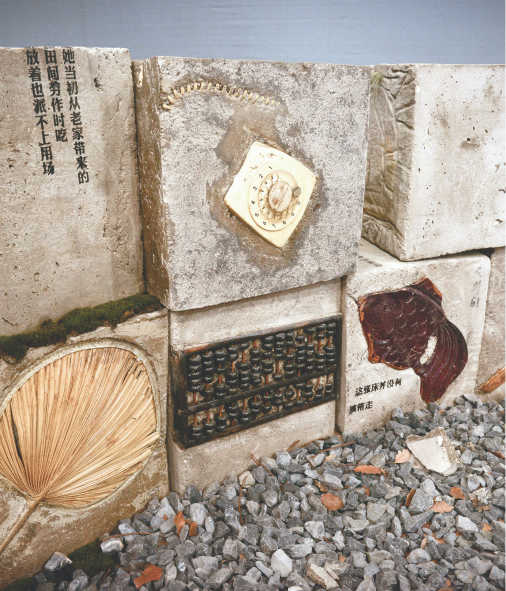
As early as the 1980s, CAA's older generation of artists such as Wu Shanming, Zhuo Hejun, Ma Kexuan, and Dai Tielang created animations with strong traditional Chinese humanistic features, such as Feelings of Mountains and Waters, The Monkey King: Uproar in Heaven, The Cowboy's Flute and Three Monks, and their style was collectively known as the "Chinese animation school" by the global audience.
The Discipline of Drama, Film and Television cultivates humanistic and poetic skills, accelerates media reform and conducts innovative experiments with media languages. The discipline focus on education concepts of drama, film and television as well as a world discourse system of “humanistic animation, poetic film, and artistic game”. It aspires to develop a Chinese cinema and television study with poetic aspects as well as a worldwide high ground for film and television media art research with distinctive Eastern visual and cultural qualities.
Under Drama and Film Studies, there are three sub-disciplines: Film Studies, Radio and Television Arts, and Humanistic Animation.
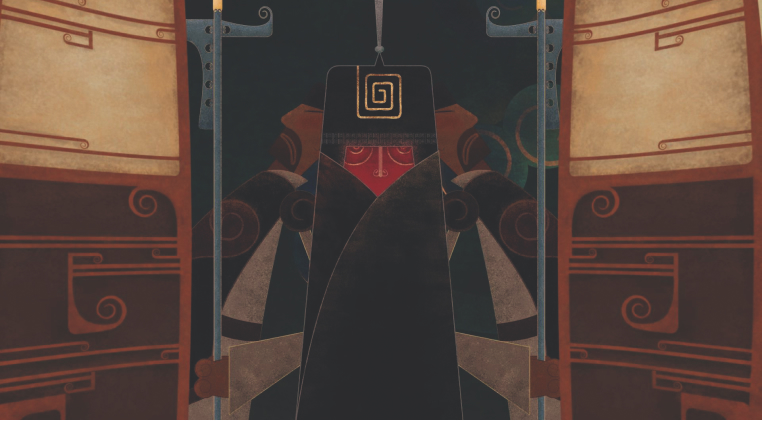
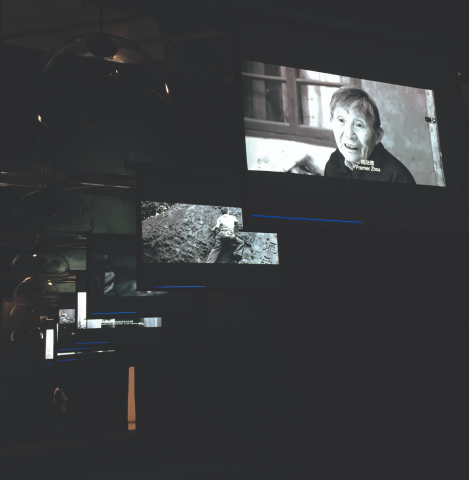
As the only first-level discipline under CAA's engineering discipline category, Architecture undertakes the mission of the interdisciplinary expansion and integration between art and engineering in the school's strategic planning. With a long history and profound academic foundation, Architecture dates back to the founding of the National Academy of Art over 80 years ago.
Founded by the leading art academy in China, the Discipline of Architecture is pioneering and advocating the ideological system of "reconstructing a contemporary style of Chinese architecture". It is designed to create an original teaching system in contemporary China, which is unique in the current architectural education in China.
There are four subdisciplines under the Discipline of Architecture, namely Architectural Design and Theory, Urban Design, Landscape and Landscape Architecture, Architectural Technology Science, and Historic Building Protection and Renewal.

